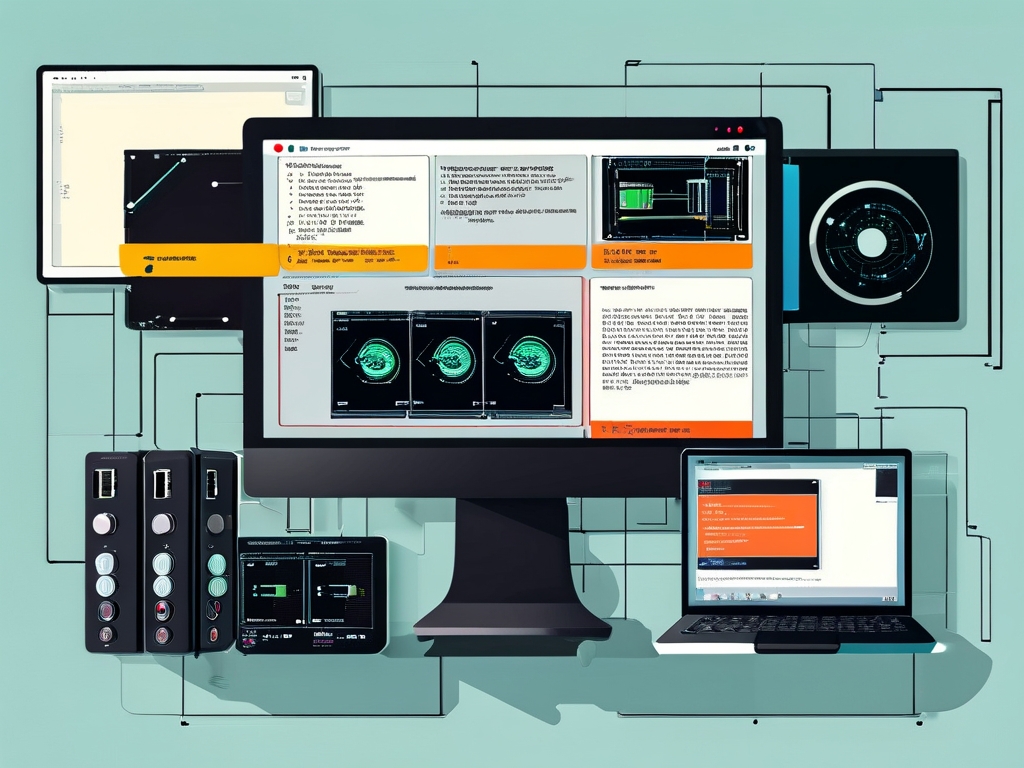The field of embedded systems development has evolved dramatically over the past decade, driven by advancements in IoT, edge computing, and energy-efficient hardware design. A well-structured textbook on embedded development must balance theoretical foundations with hands-on implementation strategies, preparing engineers to tackle real-world challenges. This article explores key components of effective embedded systems education through the lens of modern curriculum design.

Bridging Hardware and Software
At the heart of embedded systems lies the interplay between hardware architecture and software optimization. A robust curriculum should begin with microcontroller fundamentals, covering architectures like ARM Cortex-M and RISC-V. For instance, understanding interrupt handling mechanisms requires both schematic analysis and practical coding exercises:
// Example: Configuring GPIO interrupts on STM32
void EXTI0_IRQHandler(void) {
if (EXTI->PR & EXTI_PR_PR0) {
// Clear pending bit
EXTI->PR = EXTI_PR_PR0;
// Toggle LED
GPIOB->ODR ^= GPIO_ODR_ODR_7;
}
}
Such code snippets, paired with circuit diagrams, help learners visualize how software instructions interact with physical components.
Real-Time Operating Systems (RTOS)
Modern embedded systems increasingly rely on RTOS for task scheduling and resource management. A strong textbook should contrast popular options like FreeRTOS and Zephyr, emphasizing memory-constrained environments. Case studies involving sensor fusion in autonomous drones demonstrate how RTOS manages concurrent processes while maintaining deterministic behavior.
Low-Power Design Techniques
With battery-powered devices dominating IoT applications, power optimization has become paramount. Effective teaching materials must address:
- Clock gating strategies
- Sleep mode configuration
- Energy profiling tools
A practical exercise might involve comparing current consumption between polling and interrupt-driven designs using tools like Joulescope.
Security in Embedded Systems
As connected devices proliferate, cybersecurity fundamentals can no longer be optional. Curriculum should integrate:
- Secure boot implementations
- Cryptographic accelerators
- Tamper detection circuits
Lab projects could involve programming TrustZone features in modern microcontrollers to isolate critical firmware components.
Prototyping to Production
Transitioning from development boards to custom PCBs represents a critical skill gap. Comprehensive textbooks should guide learners through:
- Schematic capture best practices
- DFM (Design for Manufacturing) principles
- EMI/EMC compliance testing
An annotated case study of a commercial medical device's development timeline proves particularly instructive.
Industry 4.0 Integration
Contemporary curricula must address embedded systems' role in smart factories, covering:
- OPC UA communication protocols
- TSN (Time-Sensitive Networking)
- Predictive maintenance algorithms
Simulation exercises using tools like MATLAB/Simulink help bridge theoretical control systems and actual PLC programming.
Ethical Considerations
Emerging frameworks for responsible embedded design should cover:
- E-waste reduction strategies
- Privacy-by-design architectures
- Open-source hardware licensing
This holistic approach ensures engineers consider societal impacts alongside technical requirements.
A cutting-edge embedded systems textbook must function as both a reference manual and a project playbook. By integrating vendor-neutral conceptual frameworks with vendor-specific toolchains, such resources empower developers to adapt to rapidly changing technologies. Future editions should increasingly incorporate AI-assisted debugging workflows and quantum-resistant cryptography modules, ensuring continued relevance in the age of cognitive embedded systems.









